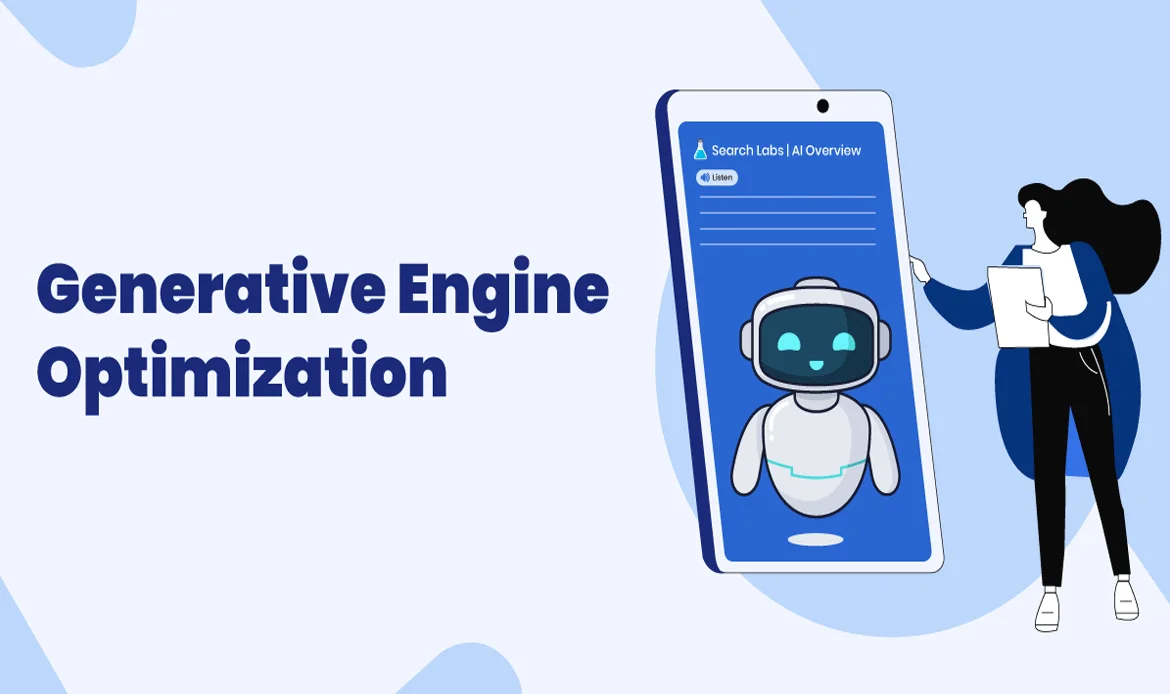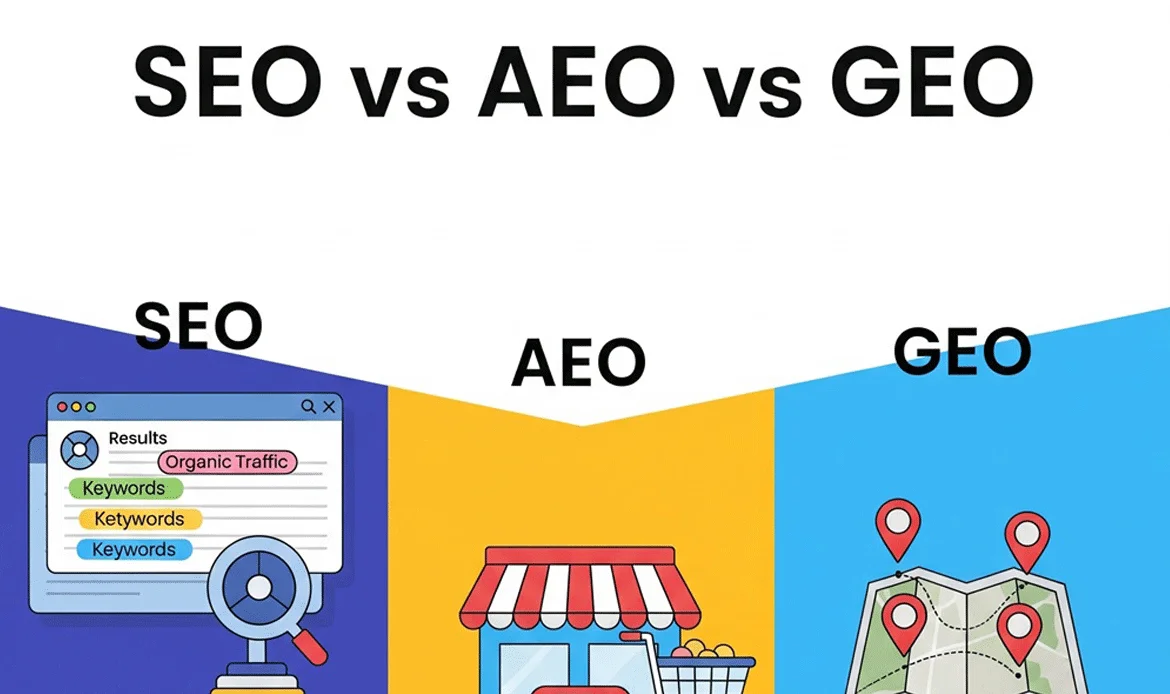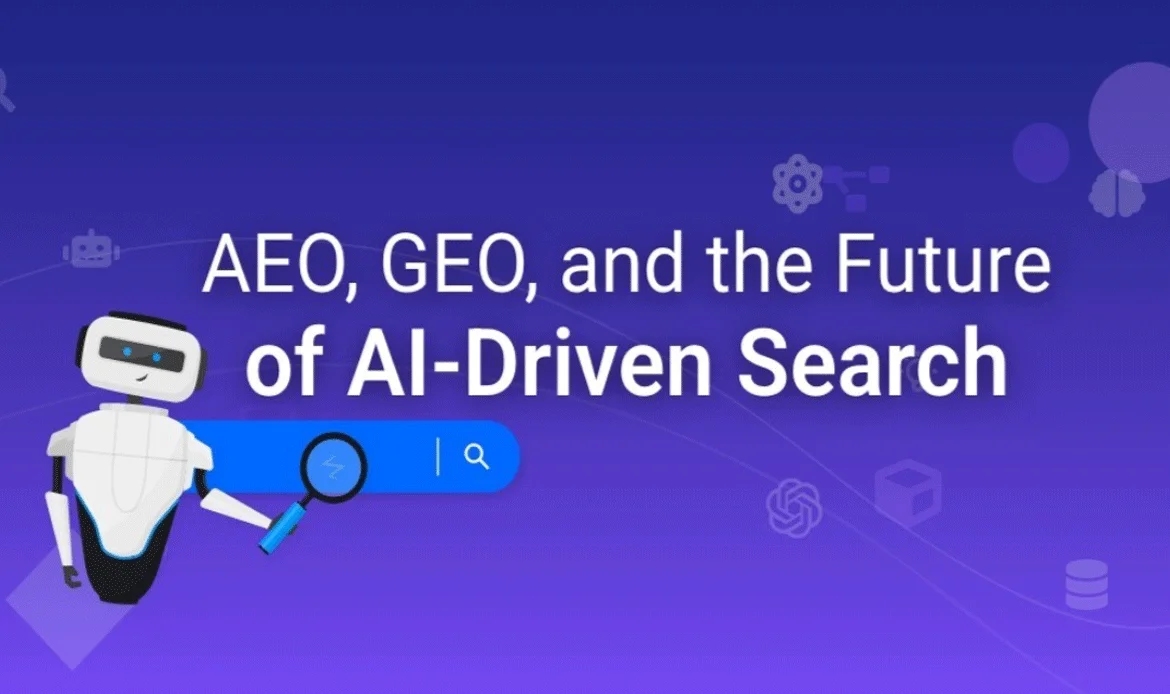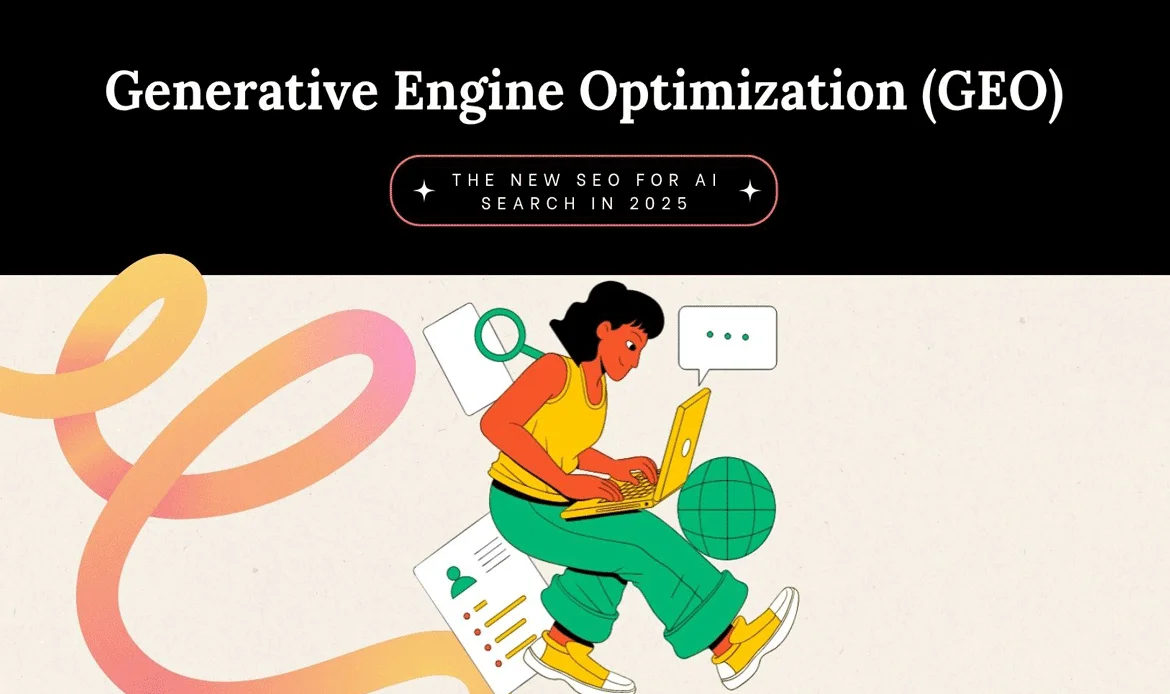Generative Engine Optimization (GEO) is transforming the way websites appear in AI-driven search results. As AI search engines become more intelligent in 2025, traditional SEO alone is no longer enough to stay visible and competitive. GEO focuses on optimizing content for AI-powered systems that generate answers, summaries, and direct responses. By mastering Generative Engine Optimization, businesses can ensure their content is discoverable, relevant, and positioned to attract high-quality traffic in this new era of search.
Brands competed for rankings, backlinks, and clicks on platforms like Google, Bing, and Yahoo. But in 2025, a new era has dawned — the era of Generative Engine Optimization (GEO). Unlike traditional search engines that list websites for users to click, generative AI engines such as ChatGPT, Gemini, Perplexity, and Microsoft Copilot answer queries directly, often summarizing multiple sources into a single AI-generated response.
This shift means that simply “ranking on page one” is no longer enough. The new game is about being cited, quoted, and trusted by AI — a change that’s reshaping digital marketing strategies worldwide.
1. What is Generative Engine Optimization (GEO)?

Generative Engine Optimizationis the process of structuring and formatting your content so that AI-powered search assistants can easily understand, extract, and cite it in their generated answers. Think of it as SEO for AI conversation interfaces rather than link-based SERPs.
In GEO, success isn’t measured by impressions or click-through rates alone, but by AI citation frequency — how often an AI mentions your brand, product, or website when answering a question. The better your content aligns with AI’s data parsing, the higher your chances of being featured in responses that millions of users will see without ever clicking away.
2. Why GEO is the New SEO in 2025

The rise of AI Overviews in Google, AI Search Mode in Bing, and standalone generative search platforms has shifted user behavior dramatically. People no longer want to dig through ten blue links — they want instant, conversational answers.
However, this convenience creates a challenge for businesses: if the AI provides the answer directly, how do users find your site?
Generative Engine Optimization solves this by making your content AI-friendly so that even when the AI gives the answer, your brand is the one it cites or references. This ensures that even if clicks drop, brand authority, visibility, and trust grow.
3. GEO vs Traditional SEO vs AEO

| Feature / Goal | Traditional SEO | Answer Engine Optimization (AEO) | Generative Engine Optimization (GEO) |
|---|---|---|---|
| Primary Goal | Rank higher on SERPs | Get featured snippets/voice answers | Be cited in AI-generated search responses |
| Content Style | Keyword-rich, long-form, backlink-focused | Conversational Q&A, structured data | Structured, factual, citable, AI-friendly |
| Success Metric | Click-through rate, SERP position | Snippet inclusion rate | AI citation frequency, brand mentions |
| User Interaction | Click to visit website | Quick answer display | AI summarizes your content in responses |
4. Key Elements of an Effective GEO Strategy

- AI-Readable Formatting Break content into structured sections, use bullet points, and include concise summaries so generative AI models can parse your data without distortion.
- Schema Markup & Metadata Implement structured data like FAQ schema, product schema, and llms.txt files to guide AI on how to interpret your content.
- Contextual Depth Go beyond keywords; include clear definitions, examples, and related concepts so AI understands your authority on a topic.
- Credibility Signals Use statistics, expert quotes, and references to increase the likelihood that AI will trust and cite your content.
- Regular AI Visibility Tracking Monitor how often your site is cited in AI answers using GEO analytics tools from platforms like Semrush, Wix, or custom LLM analysis.
5. Best Practices for GEO Content Creation

- Answer Questions Directly Think of your content as an FAQ for AI. If a user asks, “What is GEO in SEO?” make sure you have a direct, one-sentence definition ready.
- Blend Conversational and Factual Styles AI thrives on clear, natural language but also values structured, evidence-backed statements.
- Use Multiple Formats Incorporate text, tables, images, and charts, as AI engines are becoming increasingly multimodal.
- Stay Updated with AI Training Trends Content relevance depends on how up-to-date it is in the AI’s dataset.
- Leverage Internal Linking for Context Cross-link related pages so AI sees your site as a complete knowledge hub.
6. The Future of GEO and AI Search

By 2027, analysts predict that over 50% of all online searches will be AI-generated responses rather than traditional SERP lists. This means that companies that adapt early to Generative Engine Optimization will dominate brand visibility in the conversational AI space. Just as early adopters of SEO in the 2000s outpaced competitors, GEO pioneers in 2025 will set the tone for the next decade of search marketing.
Frequently Asked Questions About Generative Search Optimization
What is Generative Engine Optimization and how does it differ from traditional SEO?
Generative Engine Optimization (GEO) focuses on optimizing content for AI-driven search engines that generate direct answers instead of traditional link-based results. It emphasizes structured data, conversational tone, and content clarity to help AI models understand and surface accurate information.
Why is GEO important for businesses in 2025?
As AI search platforms like Google’s SGE and ChatGPT Search evolve, GEO ensures your content remains visible and competitive. Businesses that adapt early gain higher visibility in AI-generated summaries, improved brand authority, and better organic reach in conversational search results.
How can I optimize my website for AI-driven search engines?
To optimize for AI search, focus on clear, structured content with schema markup, answer-style formatting, and semantic keywords. Include context-rich FAQs, natural language phrasing, and concise summaries that help generative engines interpret and display your content effectively.
Conclusion
In 2025, Generative Engine Optimization is no longer optional—it’s essential. With AI search reshaping how users find information, brands must adapt their strategies to meet the evolving demands of generative engines. By integrating GEO into your digital marketing plan, you can future-proof your online presence, stay ahead of competitors, and ensure your content ranks in AI-generated results where visibility truly matters.
Boost Your AI Search Rankings with GEO – Start Today!
Boost your AI search rankings with GEO-targeted SEO strategies and our AI-ready WordPress themes built for speed, performance, and smarter visibility.


